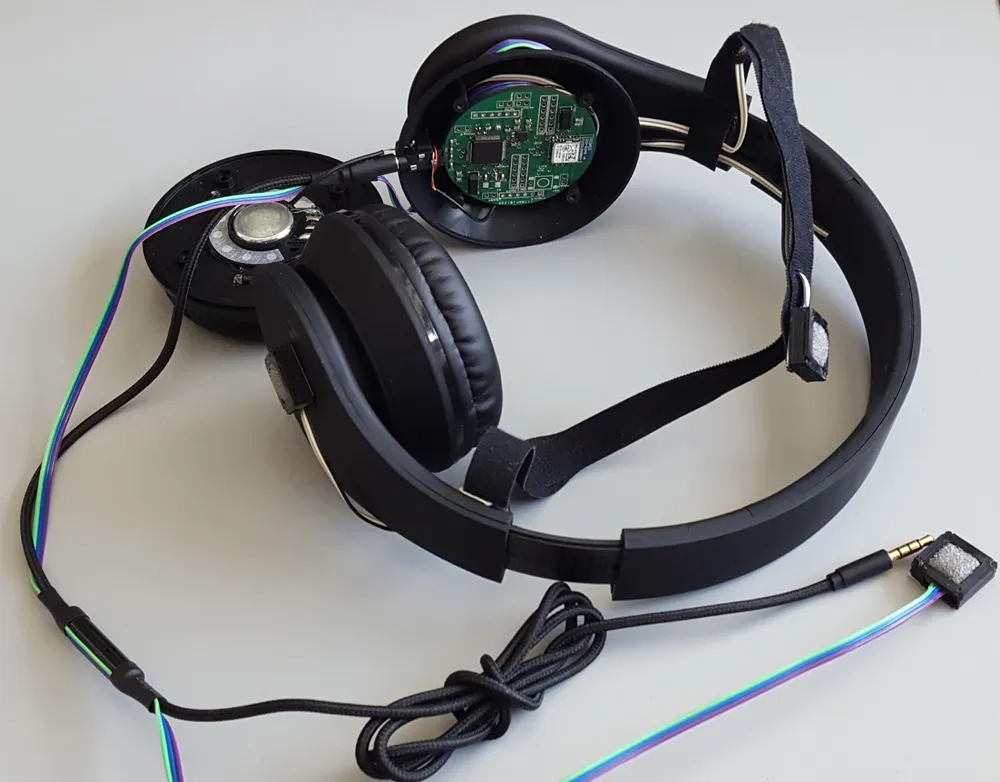Norfolk County Council in the UK has simplified the laborious task of updating bus timetables and bus service information across 2,000 of its bus stops with a new web-based solution from ITO World which automates the process. ITO Go, has been developed to create and manage bus posters and information more cost effectively and with fewer staff. Jeremy Wiggin, travel development team manager at Norfolk County Council explains: “We found ourselves struggling to keep up when funding and personnel were reduced.
June 19, 2012
Read time: 2 mins

Norfolk County Council in the UK has simplified the laborious task of updating bus timetables and bus service information across 2,000 of its bus stops with a new web-based solution from 5957 ITO World which automates the process. ITO Go, has been developed to create and manage bus posters and information more cost effectively and with fewer staff.
Jeremy Wiggin, travel development team manager at Norfolk County Council explains: “We found ourselves struggling to keep up when funding and personnel were reduced. We approached ITO World to help develop an automated system, which has made a dramatic difference to the way we create bus timetables. The result has been a much higher quality of information at a lower cost.”
Using the previous system, creating a bus service timetable display would have taken about 20 minutes and the end result was viewed by some as being unattractive and hard to read. Using ITO Go, posters can be generated from a selection of bus stop templates in around one minute using a clear and simple web-based interface with the option to export as a PDF or print immediately. The resulting posters are clear and attractive and can feature a map where no visual guide existed before. Extra information can also be easily added to the posters.
Jeremy Wiggin, travel development team manager at Norfolk County Council explains: “We found ourselves struggling to keep up when funding and personnel were reduced. We approached ITO World to help develop an automated system, which has made a dramatic difference to the way we create bus timetables. The result has been a much higher quality of information at a lower cost.”
Using the previous system, creating a bus service timetable display would have taken about 20 minutes and the end result was viewed by some as being unattractive and hard to read. Using ITO Go, posters can be generated from a selection of bus stop templates in around one minute using a clear and simple web-based interface with the option to export as a PDF or print immediately. The resulting posters are clear and attractive and can feature a map where no visual guide existed before. Extra information can also be easily added to the posters.










